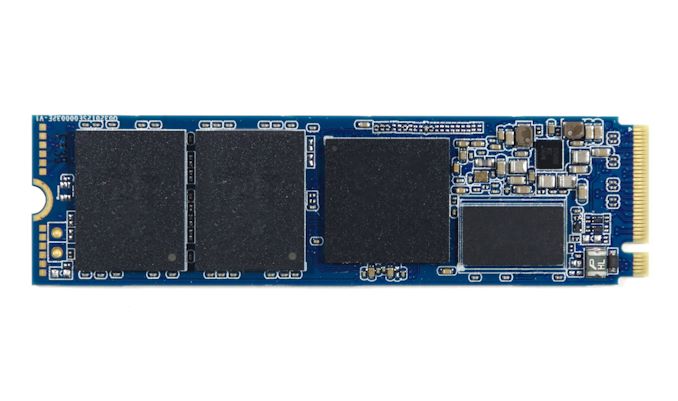Intel recently announced tiny solid-state disk (SSD) drives that deliver almost as much performance as the company’s popular 2.5-inch X25-M SSDs, but in one-eighth the size (51mmx30mmx5mm).
The new 310 Series SSDs (codenamed “Soda Creek”) are designed primarily for notebooks, tablets, PCs and embedded applications. The drives are based on 34-nanometer multi-level cell (MLC) NAND flash technology, as opposed to the more expensive single-level cell (SLC) technology, and are available in 40GB and 80GB capacities with m-SATA interfaces.
When the 310 SSD is combined with a hard disk drive (HDD), users can realize up to a 60% increase in performance (based on benchmarks using the PCMark Suite of performance measure tools), according to Troy Winslow, director of product marketing in Intel’s NAND Solutions Group.
For the 80GB version of the 310 SSD, Intel claims performance of up to 250MBps on reads and 70MBps on writes. In terms of I/Os per second (IOPS) performance, Intel claims up to 35,000 IOPS on random reads with 4KB blocks, and up to 6,600 IOPS on random writes.
The SSDs are designed to accelerate boot time and access to frequently-used applications and files. For the time being, however, users will have to manually put the data on the SSD devices.
“The first generation of the 310 does not work as a cache, so users have to place files on the SSD,” says Winslow, “but the second generation of the 310, which will come out in 2011, will be able to be used as a cache with automatic data placement via most-recently-used algorithms.”
The 310 SSDs, which weigh only 10 grams, support SATA signals over a PCI Express (PCIe) mini-connector.
Initial OEMs for the 310 Series SSDs include Lenovo (for its ThinkPad laptops) and DRS Technologies (for its upcoming Armor tablet PC).
In 1,000-unit quantities, the 40GB 310 is priced at $99, while the 80GB version is priced at $179.






